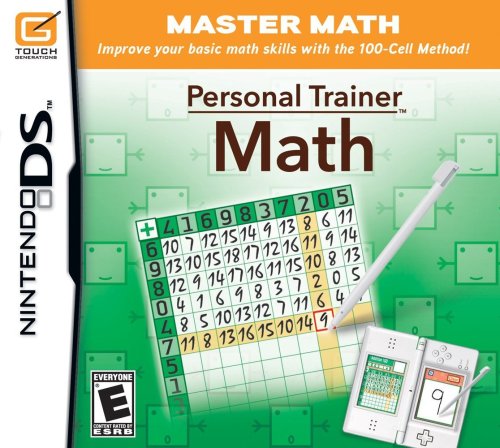Characteristics - Gifted and Talented Students usually portray one or more of the following multiple intelligences:
- linguistic
- logical - mathematical
- musical
- spatial
- bodily - kinesthetic
- intrapersonal
- interpersonal
- naturalist
Difference From Others - Gifted students are very dedicated in what they wanna do. They work hard to achieve perfection. Sometimes they base all their time on one topic to succeed in one (like academics) and turn out to not be as strong in another (like social). Also many students have topics come easy to them so they may slack of in class and pass/succeed with flying colors. (Higher IQ)
Assistive Technologies & Education Plan - As teachers many believe they don't have to worry about gifted students because they will always get the material presented. Although that is a good thought, it is wrong. You need to worry about all the students in the classroom. If you don't continue to stimulate every student in the classroom, the students' minds will become complacent with themselves. Especially with gifted and talent students, if their minds are not being challenged they are not learning/working to their fullest potential. All teachers need to teach to the highest level so it challenges every students mind instead of teaching to the middle and challenging some while others are just there. In order to get everyone to succeed to their highest potential, every student needs to be challenged. Computer technologies help a great deal in continuously stimulatingg the young minds to keep them reaching for the higher levels. Also using such techniques as content sophistication curriculum compacting and problem based learning to get students to think critically, on a higher level outside the box will keep their minds expanding. Also allowing students to use game systems like Nintendo DS to do educational games and expand the mind will help keep the attention of the gifted and talents students who may not be getting challenged enough.
 (A math game to challenge students)
(A math game to challenge students)
(A game to help students with word creation and spelling)
Community Programs - Gifted and Talents students need to be able to show their talents anywhere they go. Every community has local youth centers (here is North Tonawanda Youth Center as an example) with academic clubs and games so they can show their skills while socializing with others. Also after-school clubs, sports, and contest help expand the students minds beyond the classroom. Spelling bees and art shows allow students to show their skills while being challenged by others around them. Lastly, gifted and talented students can work as volunteers in programs like SABAH (Skating Athletes Bold At Heart) and the Special Olympics to learn how to work with others who may be developing slower.
Kirk S. , Gallagher J.J. , Coleman M.R. , & Anastasiow N. (2009). Educating Exceptional Children (12th ed. , pp. 285-320). Boston, NY: Houghton Mifflin Company.


















